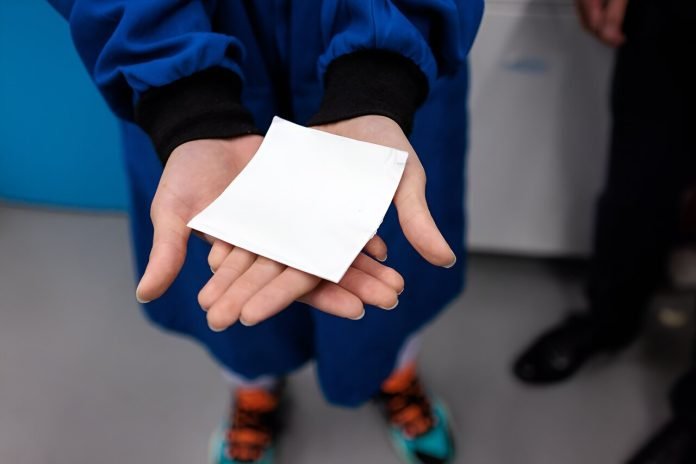
This year, many cities around the world, including those in Mexico, India, Pakistan, and Oman, have experienced scorching temperatures close to or above 50 degrees Celsius (122 degrees Fahrenheit).
As global temperatures rise and more people move to cities, these urban areas become “heat islands,” where tightly packed buildings and roads trap and amplify the heat.
With 68% of the world’s population expected to live in cities by 2050, this is a growing and deadly problem.
Researchers from the University of Chicago’s Pritzker School of Molecular Engineering have developed a new fabric that can help people stay cooler in these extreme urban conditions.
Their study, published in Science, shows that this innovative fabric can be used in clothing, building designs, car interiors, and even food storage to combat the intense heat caused by climate change.
When tested under the hot Arizona sun, the new fabric kept people 2.3 degrees Celsius (4.1 degrees Fahrenheit) cooler than fabrics used for outdoor sports and 8.9 degrees Celsius (16 degrees Fahrenheit) cooler than regular silk often used in summer clothing.
This could help reduce the number of heat-related hospital visits and deaths that have already occurred in many cities this year.
“We need to reduce carbon emissions and make our cities carbon neutral or negative,” said Assistant Professor Po-Chun Hsu from the Pritzker School of Molecular Engineering. “But in the meantime, people are feeling the impact of these high temperatures.”
Existing cooling fabrics for outdoor sports work by reflecting sunlight in a way that doesn’t blind others. However, in urban heat islands, the sun is not the only source of heat. Buildings and roads emit heat, blasting city residents from all sides. This means that many materials that work well in lab tests might not be effective in real-world urban settings like those in Arizona, Nevada, California, Southeast Asia, and China, where massive heat waves are expected in the coming weeks.
“People usually focus on the performance or design of cooling textiles,” said Ronghui Wu, a postdoctoral researcher at the Pritzker School of Molecular Engineering and co-first author of the study. “To make a textile that works in real life, you have to consider the environment.”
The new fabric designed by the researchers reflects both sunlight and thermal radiation, providing better cooling in urban heat islands.
This breakthrough could be a game-changer for millions of people living in hot cities, helping them stay safe and comfortable even as temperatures continue to rise.



